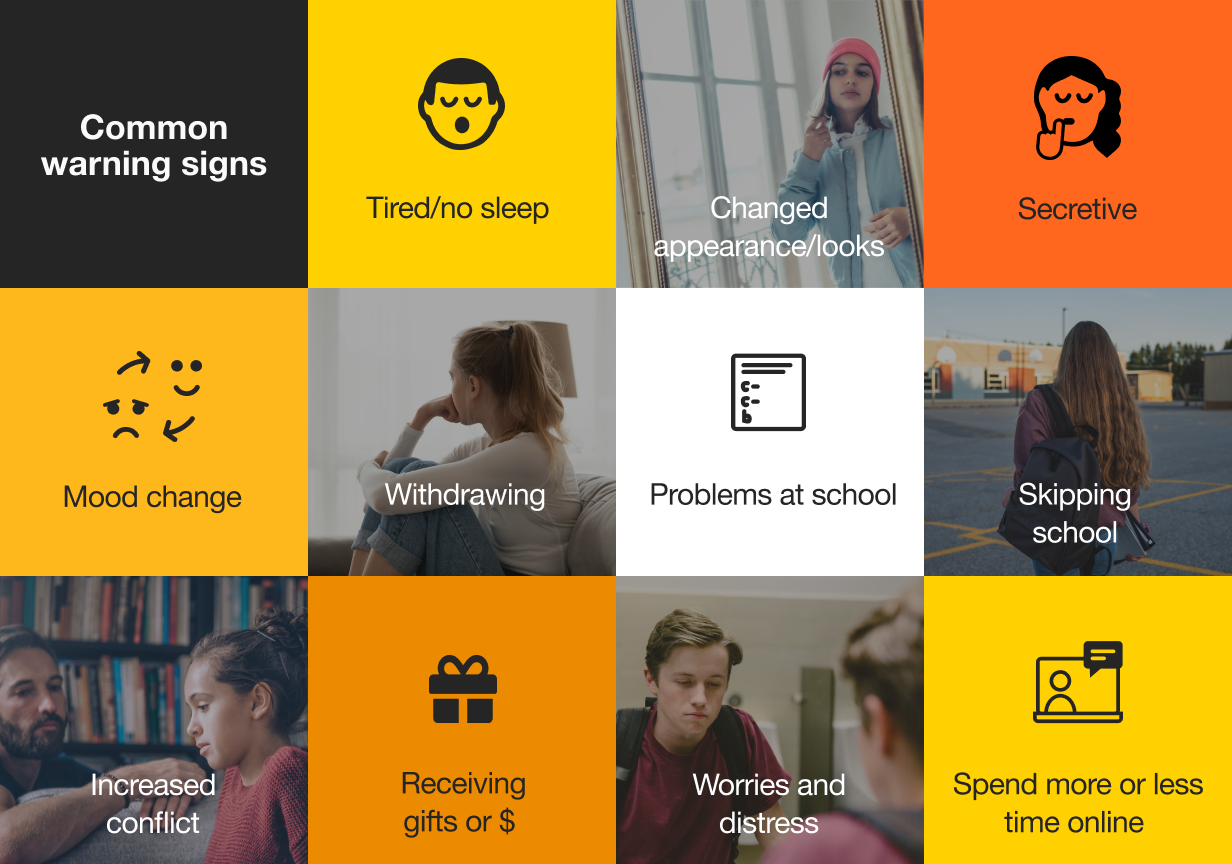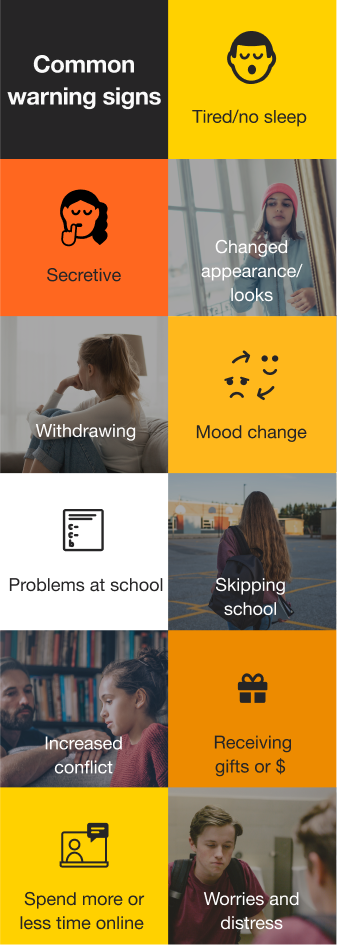So, what can you do to protect the children and young people in your life?
Action 1
Action 2
Action 3
Action 4
Action 5
Action 6
Action 7
Action 8
So, what can you do to protect the children and young people in your life?
Action 1
Action 2
Action 3
Action 4
Action 5
Action 6
Action 7
Action 8
So, what can you do to protect the children and young people in your life?
Action 1
Action 2
Action 3
Action 4
Action 5
Action 6
Action 7
Action 8
Know you can make a difference.
We are not helpless to protect children and young people from these risks and dangers. We can act to protect them. Stay positive and hopeful knowing that you can make a difference in the lives of the children in your life. Together, we can make sure it’s never too late for any child to live a happy, safe and healthy life.
Know you can make a difference.
We are not helpless to protect children and young people from these risks and dangers. We can act to protect them. Stay positive and hopeful knowing that you can make a difference in the lives of the children in your life. Together, we can make sure it’s never too late for any child to live a happy, safe and healthy life.
Know you can make a difference.
We are not helpless to protect children and young people from these risks and dangers. We can act to protect them. Stay positive and hopeful knowing that you can make a difference in the lives of the children in your life. Together, we can make sure it’s never too late for any child to live a happy, safe and healthy life.


